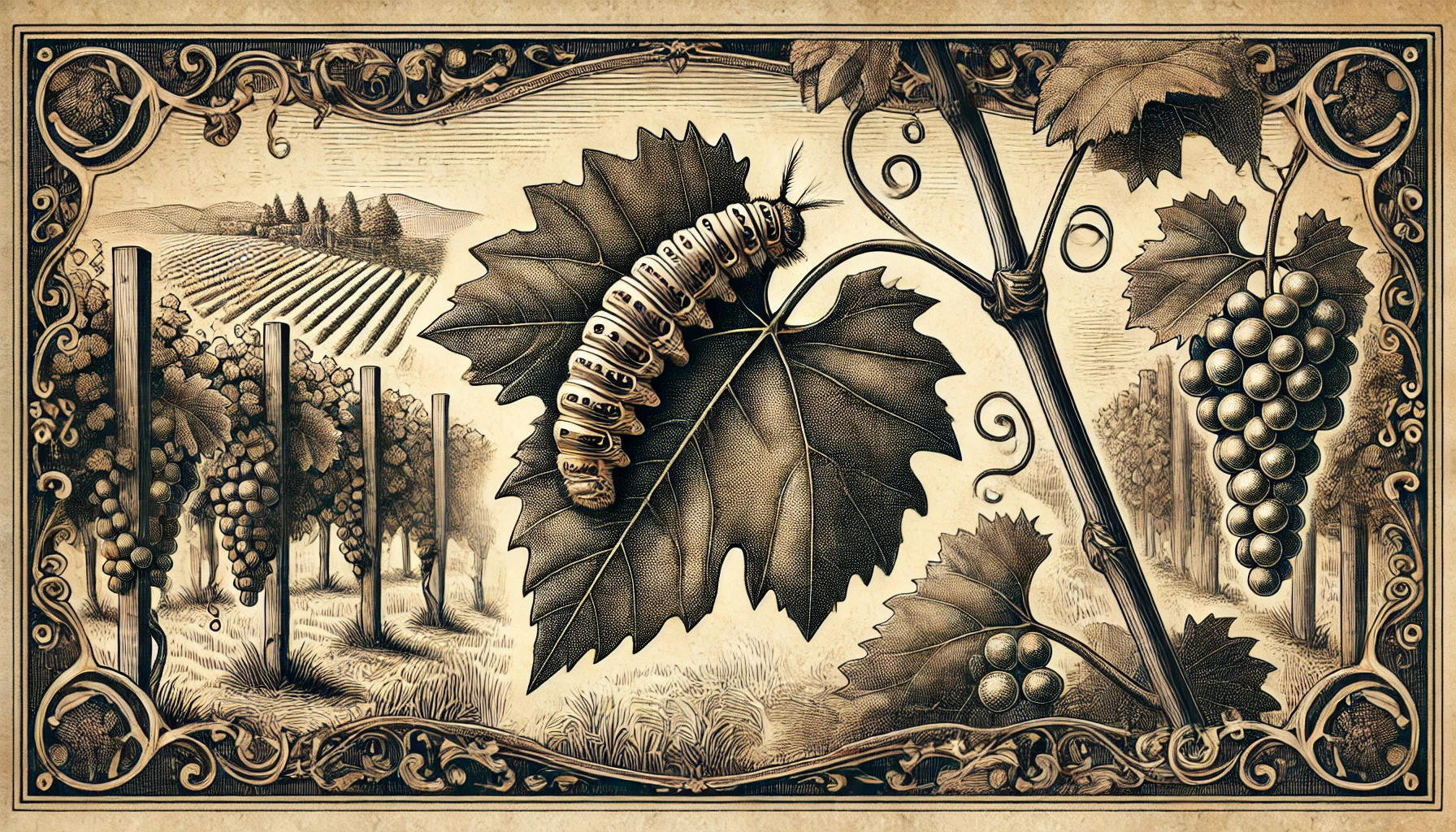
Lobesia botrana, commonly known as the European grapevine moth, is a significant pest in vineyards. Native to Southern Europe, this moth has spread to other parts of the world, including the Americas. The moth lays its eggs on grape clusters, and when the larvae hatch, they feed on the grapes. This can lead to serious crop damage, making Lobesia botrana a major concern for winegrowers.
The moth has several life stages. After hatching, the larvae burrow into the grape, feeding on its flesh. This feeding opens the door to fungal infections like Botrytis cinerea, which can ruin the entire harvest. In addition to damaging grapes, Lobesia botrana affects grapevine leaves and buds.
Vineyards can manage the moth using pheromone traps to disrupt mating cycles. Biological control methods, such as releasing natural predators, are also effective. In some regions, chemical treatments may be used, but sustainable vineyards often prefer organic or biodynamic solutions.
Lobesia botrana can have a devastating economic impact on a vineyard if not controlled. Preventative measures and early detection are crucial for keeping this pest at bay and ensuring healthy grape production.
Curious about more wine terms and insights? Visit our Wine Wiki section and explore the basic wine terms for expert definitions and tips!